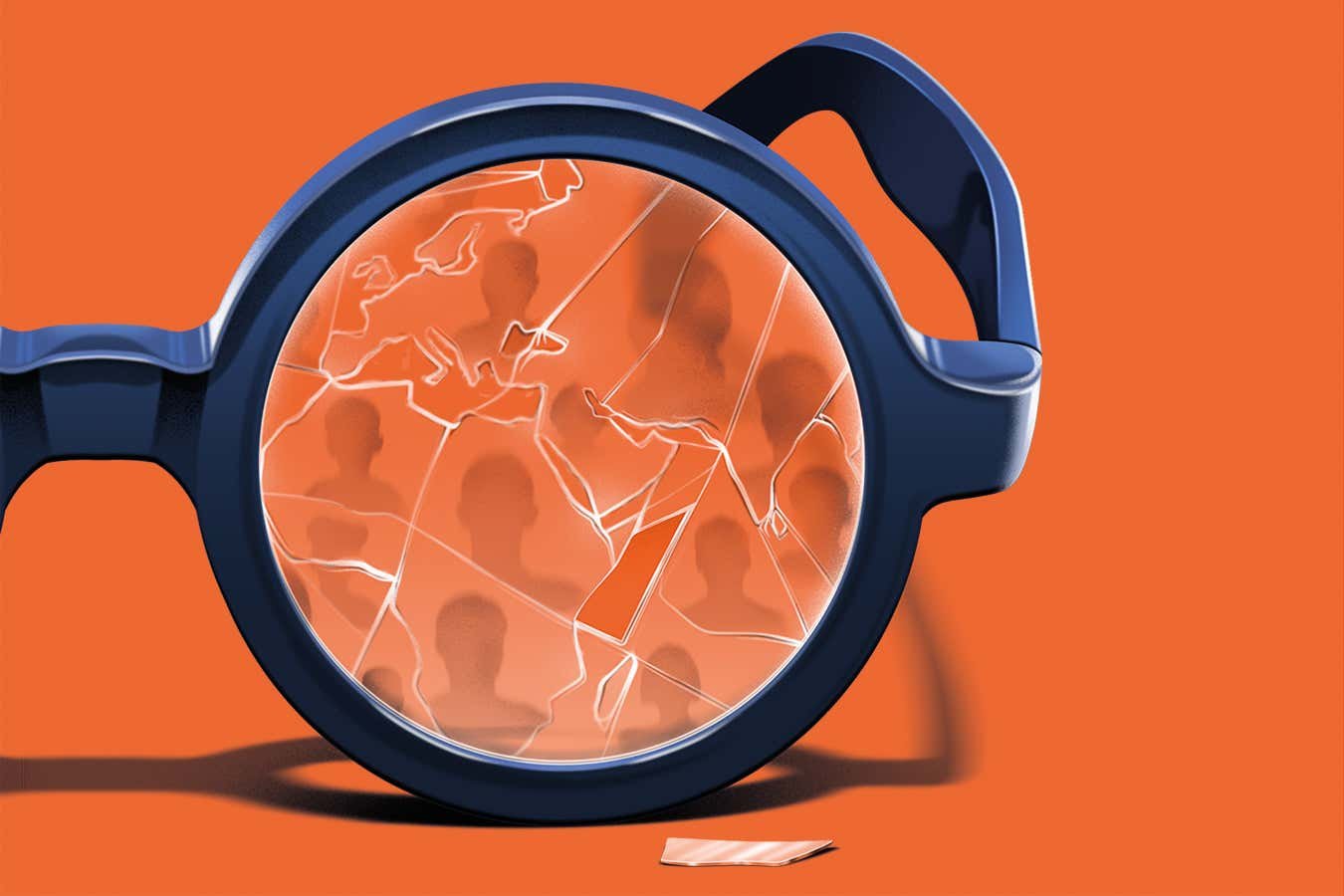
I vividly remember getting my first pair of glasses as a child. My mum is very near-sighted and dispatched me to the optician every year. My older sister was diagnosed at around the age of 8 and I prayed I wouldn’t follow suit for fear of being made fun of, but by the time I was the same age, the world was becoming a blur. That year’s visit to the optician confirmed it, and I have worn glasses or contact lenses ever since.
Back then, in the late 1970s, it was quite unusual to need glasses at such a young age. Not any more. Over the past 30 years, there has been a surge in near-sightedness, or myopia, especially among children. Today, around a third of 5 to 19-year-olds are myopic, up from a quarter in 1990. If that trend continues, the rate will be about 40 per cent by 2050 – or 740 million myopic young people.
That is more than an inconvenience. “Myopia is a disease,” says K. Davina Frick at the Johns Hopkins School of Medicine in Maryland, who co-chaired a recent US National Academy of Sciences committee on the condition. “It has wide-reaching quality-of-life and economic implications,” she says, not least the risk of going blind in severe cases. Increasingly, however, researchers think the epidemic can be slowed – or even reversed.
Most cases of myopia are axial, meaning the axis of the eyeball – the distance between the cornea at the front and the light-sensitive retina at the back – grows too long. This means that light entering the eye is focused in front of the…

Felecia Phillips Ollie DD (h.c.) is the inspiring leader and founder of The Equality Network LLC (TEN). With a background in coaching, travel, and a career in news, Felecia brings a unique perspective to promoting diversity and inclusion. Holding a Bachelor’s Degree in English/Communications, she is passionate about creating a more inclusive future. From graduating from Mississippi Valley State University to leading initiatives like the Washington State Department of Ecology’s Equal Employment Opportunity Program, Felecia is dedicated to making a positive impact. Join her journey on our blog as she shares insights and leads the charge for equity through The Equality Network.




